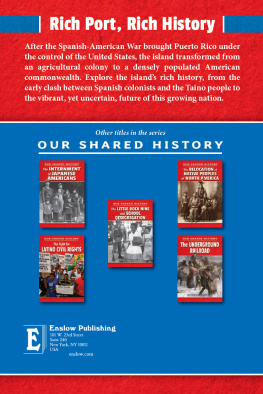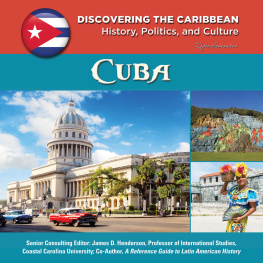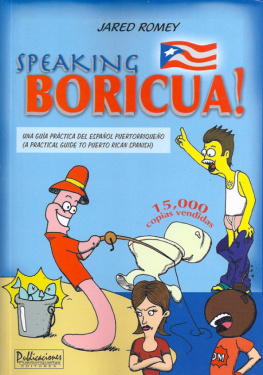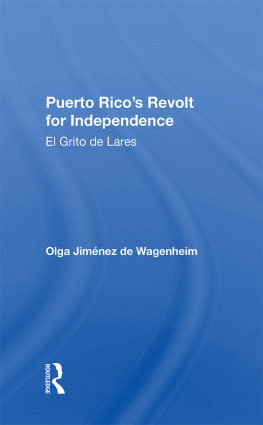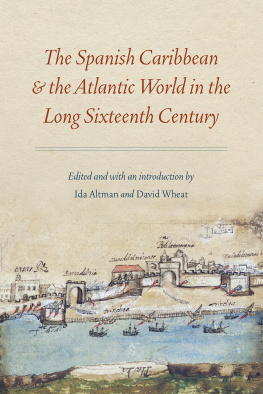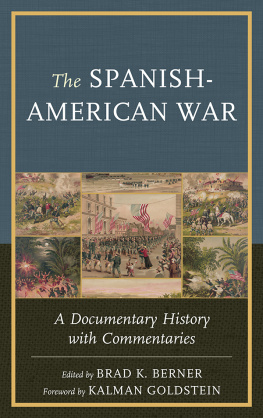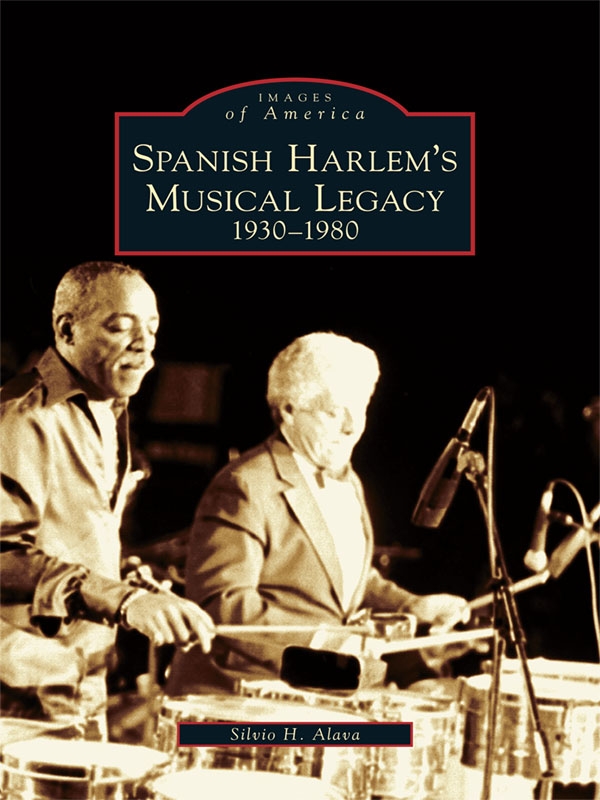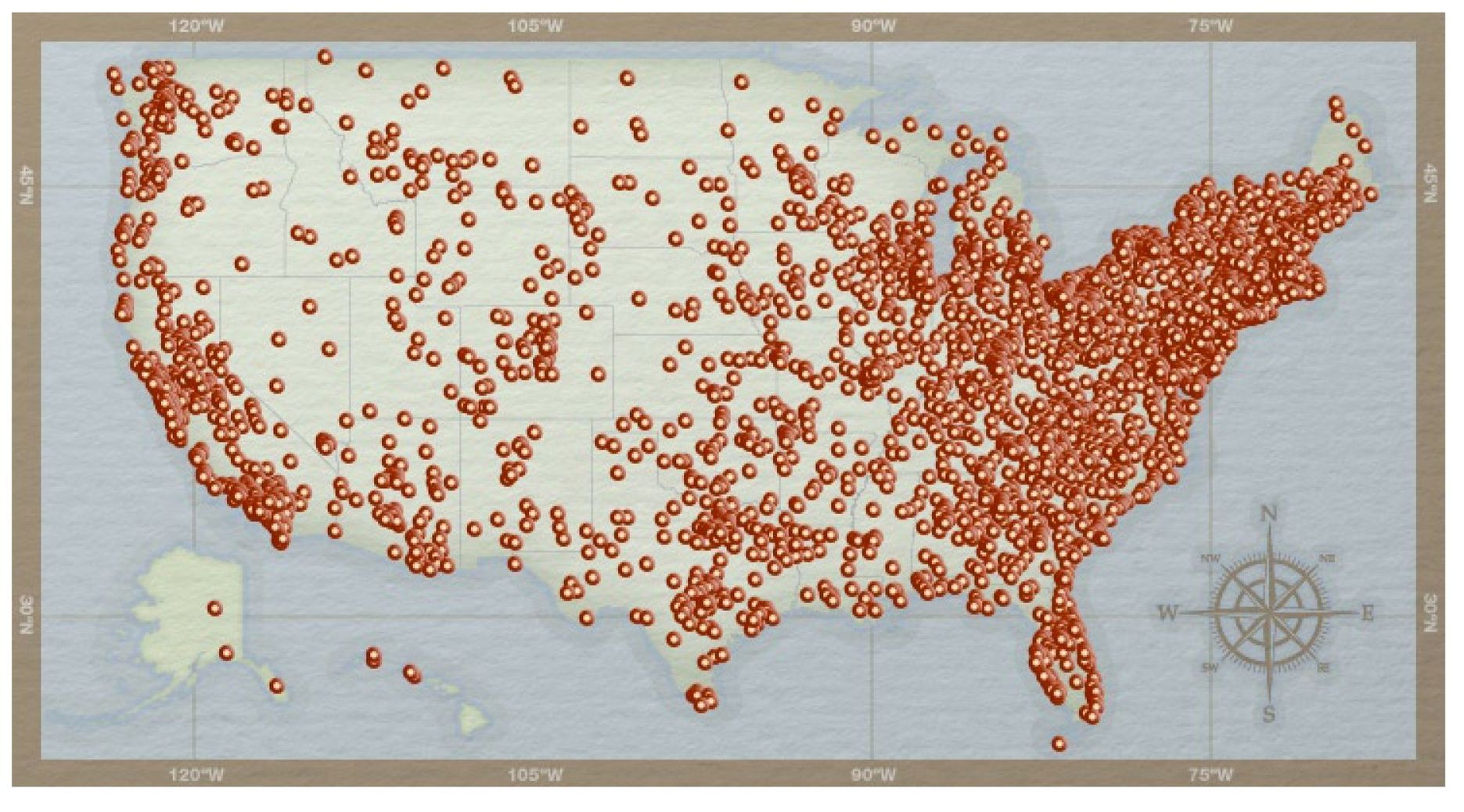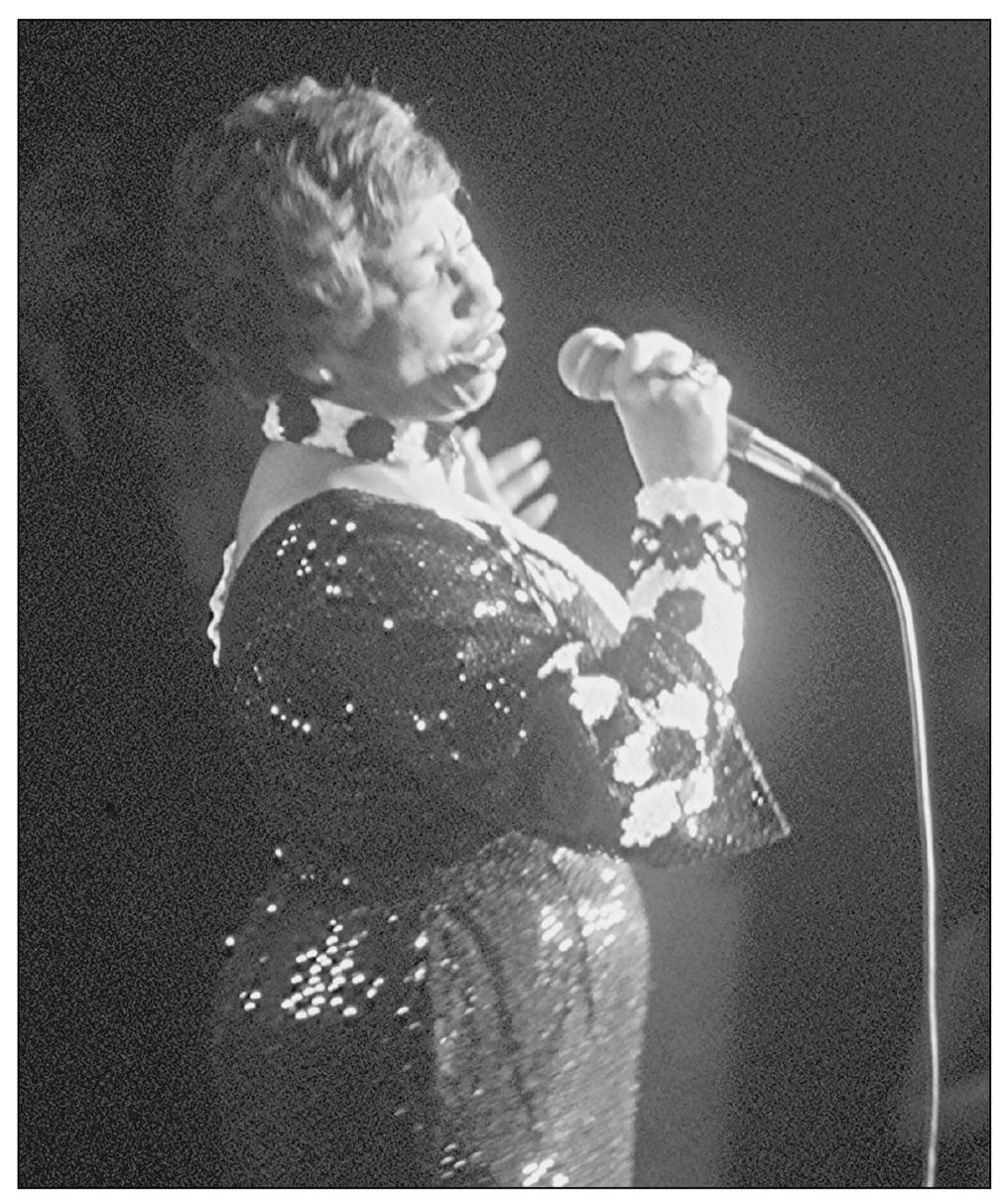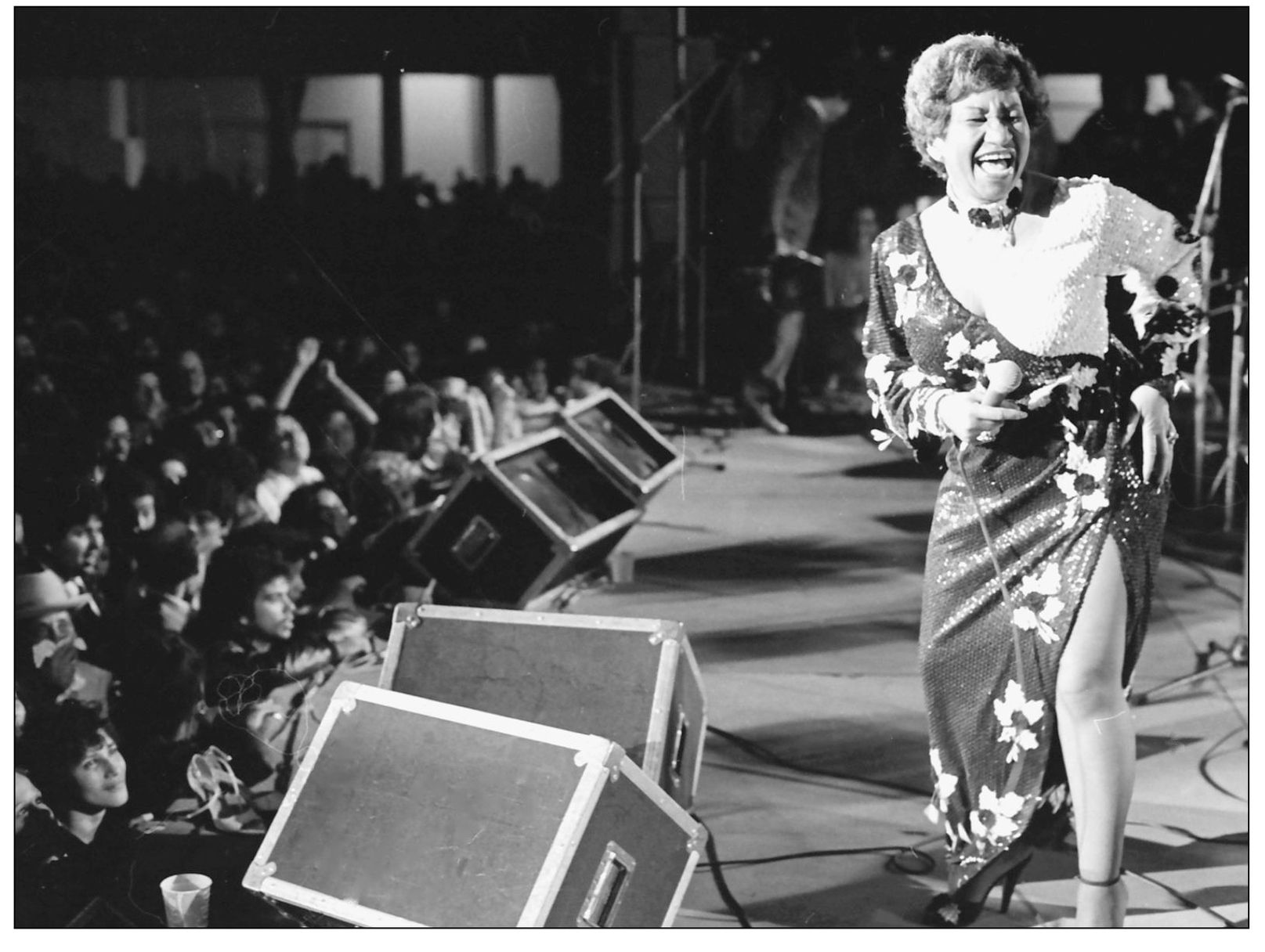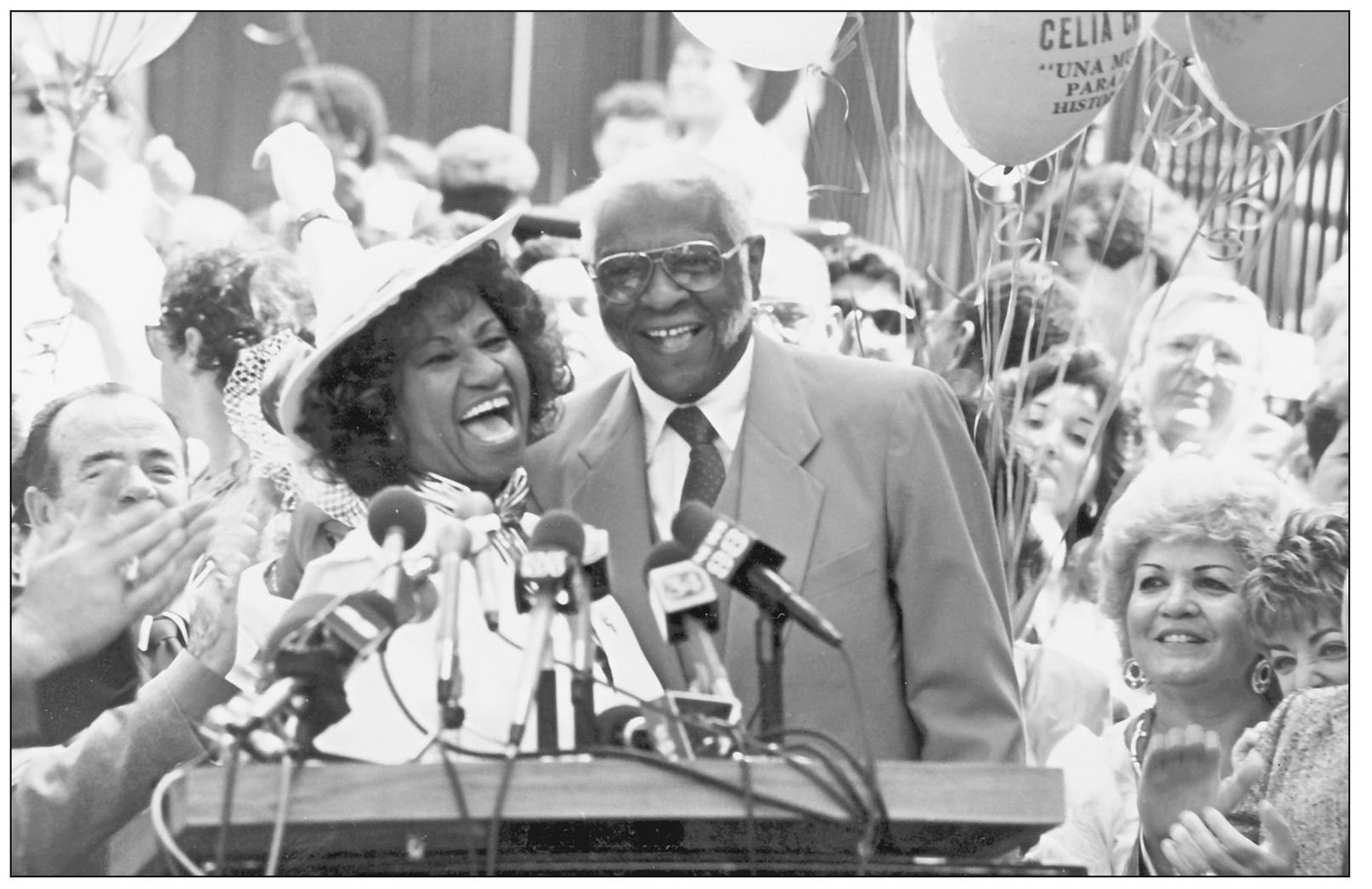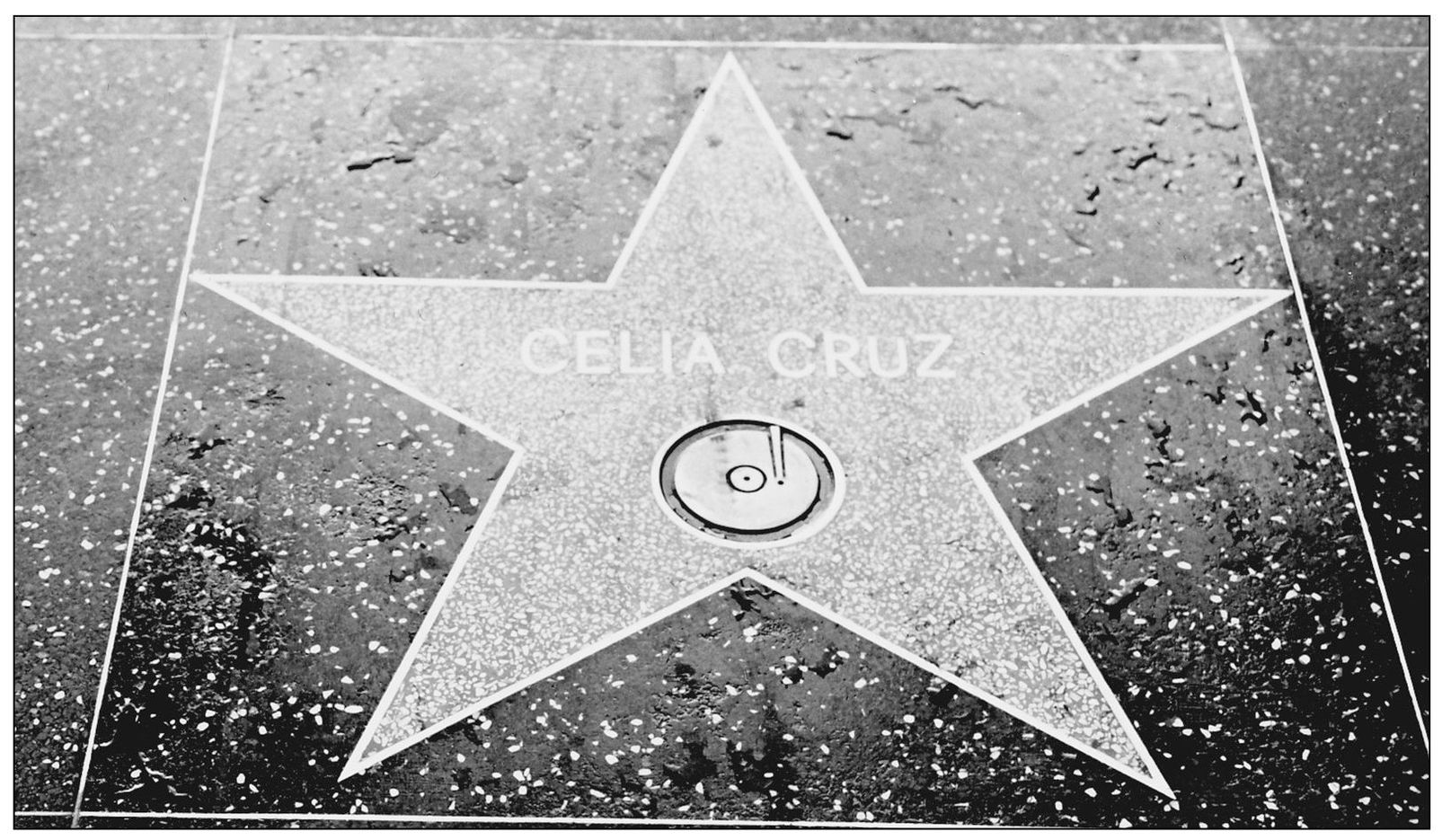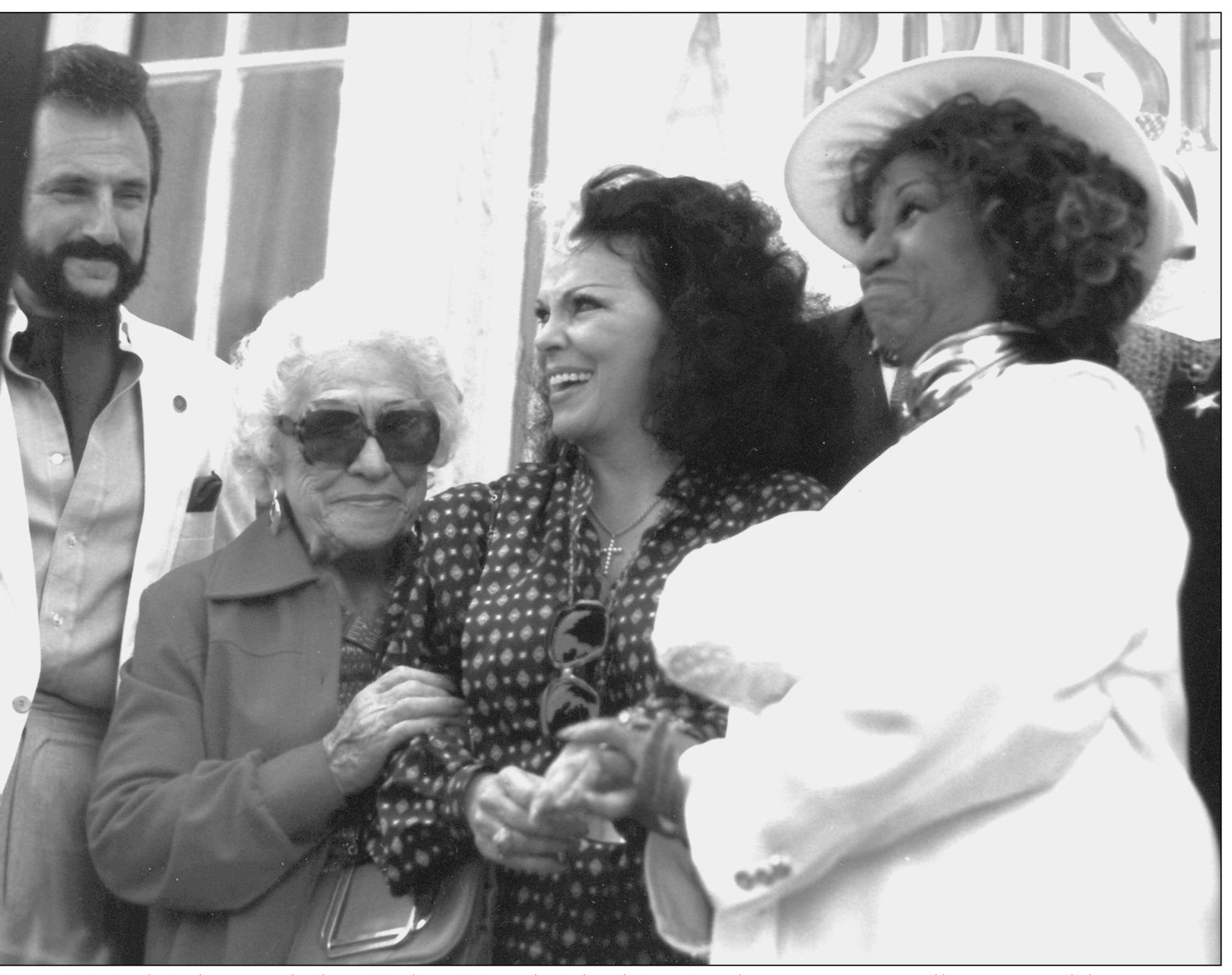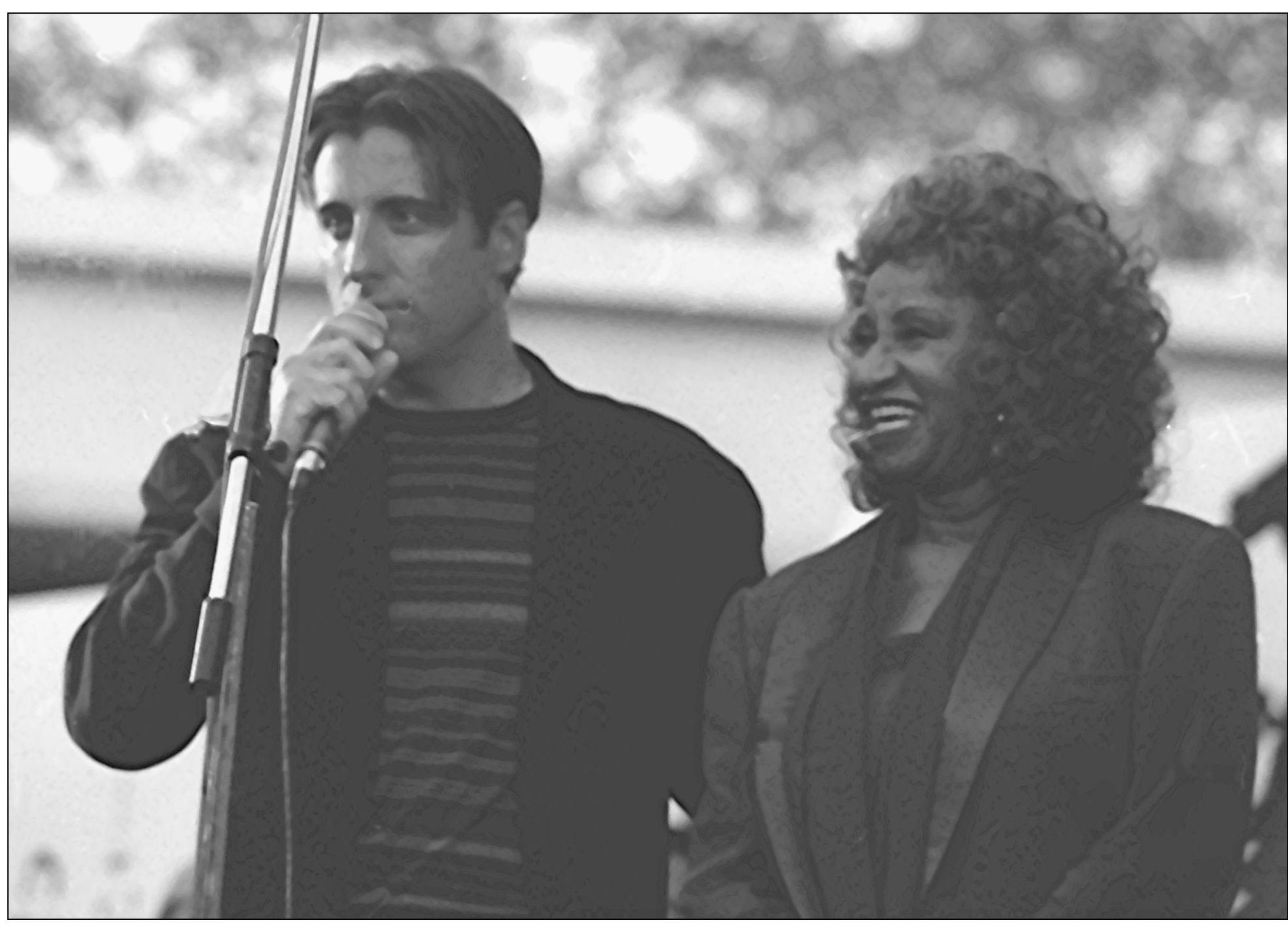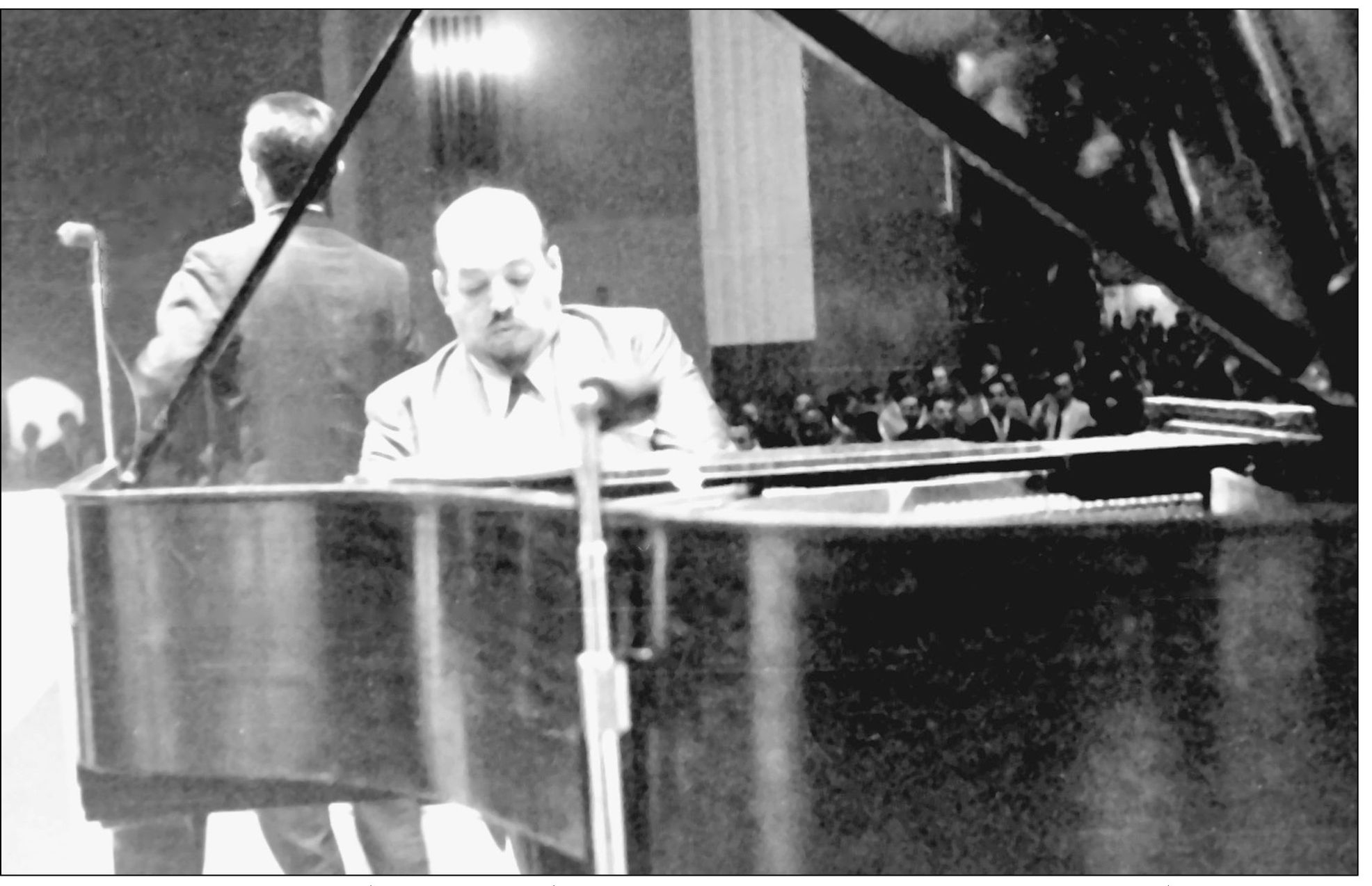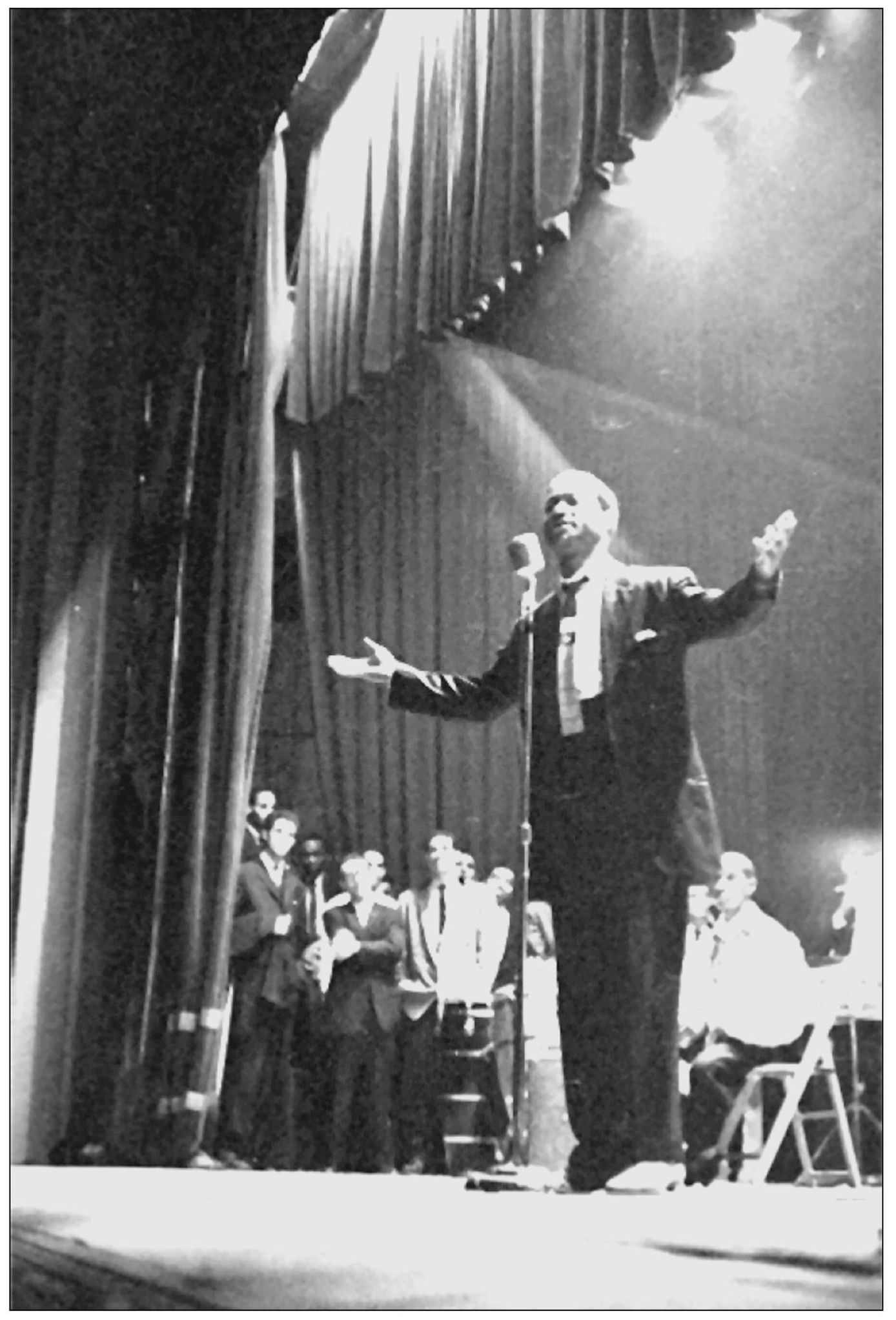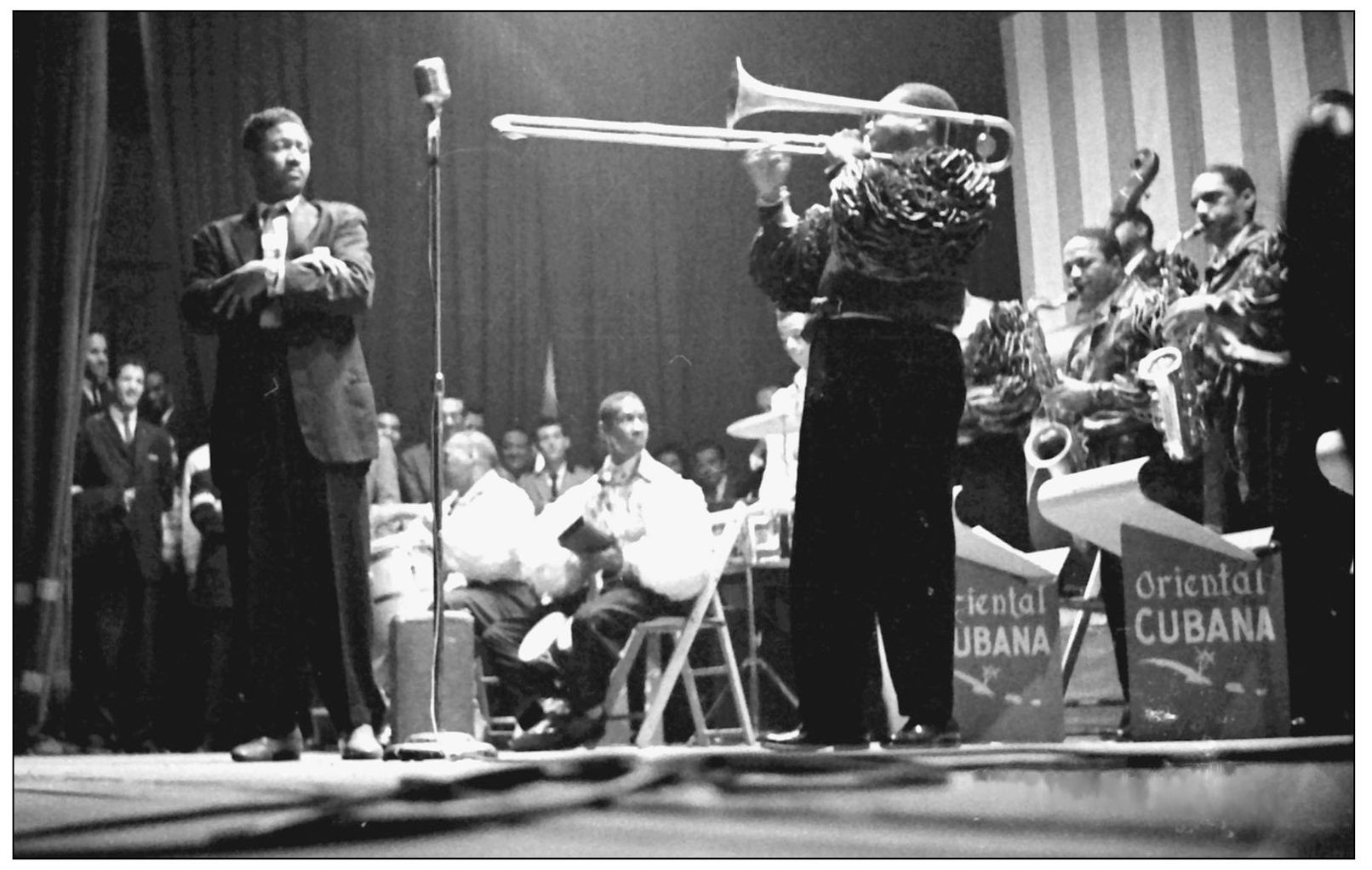ACKNOWLEDGMENTS
I do not think anyone writes a book or article by himself. Ideas are talked about with others, revised and altered many times before the writer feels comfortable in putting his or her name on the document.
I have managed to do this with the help of three important people in my life: my wife, Alicia, and my two daughters, Christina and Felicia. Without their editing and critique, I could not have put together this material with any degree of comprehension.
I also want to thank some individuals who have helped to shape my understanding of music in general and Afro-Caribbean music in particular. Very early in my life, I met George Russell while we were both hospitalized in a Bronx hospital. We were there a year, and George verbally tutored me on the essence of jazz and its language. A composer, arranger, and educator, he has been on the faculty of the New England Conservatory of Music for many years. Early in his career, he arranged music for the Dizzy Gillespie Orchestra before going on to record under his own name. John Palomo, a percussionist I met during my first years of marriage over 53 years ago, helped me get on the right track in understanding Latin music and introduced me to many excellent musicians who added to my knowledge. Rene Lopez, a musicologist, contributed to my knowledge of Cuban music.
And finally thanks to Danilo Lozano, flutist and educator currently on the faculty of Whittier College, whom I met when he was a teenager in California and while I was taking flute lessons from his father, the famous Cuban flutist Rolando Lozano. Rolando started his career playing for the famous Orquesta Aragon. Danilo furthered my technical understanding of Afro-Caribbean music and music in general.
Unless otherwise noted, all photographs used in this book are from the authors collection.
Find more books like this at
www.imagesofamerica.com
Search for your hometown history, your old
stomping grounds, and even your favorite sports team.
One
THE IMMORTALS
Celia Cruz is shown here at the Manhattan Center in 1959 with La Sonora Matancera. This was a reunion for them since their departure from Cuba earlier in the decade. Pictured with her are Rogelio Martinez on guitar and Carlos Caito Diaz with maracas.
Celia Cruz visited Los Angeles frequently, appearing at the Hollywood Palladium, the Los Angeles Sports Arena, and other venues. She is shown here in 1979 at the sports arena, where she was accompanied by the Tito Puente Orchestra.
Cruz and her husband, Pedro Knight, are pictured here when she received her star in 1989 on the Hollywood Walk of Fame.
This is Cruzs star that appears on Hollywood Boulevard in Los Angeles.
This photograph shows Celia Cruz with Yolanda Montes, known professionally as Tongolele, when she attended Cruzs Hollywood star ceremony. Born in Spokane, Washington, of a Spanish/Swedish father and an English/French mother, Montes became a professional dancer at the age of 15 and worked in the Mexican film industry from the 1940s to the 1980s. She and Cruz were lifelong friends.
Film star Andy Garcia is seen here in 1986 at an award ceremony for Cruz by a Los Angelesbased Cuban social club.
Pianist Noro Morales was one of the first Puerto Rican musicians to move to New York City. He arrived in 1935 and gained fame almost immediately playing with the top bands of the city. An accomplished pianist, Morales formed his own orchestra in the early 1940s and toured the United States as well as Latin America. He employed many prominent musicians and arrangers of that era. Morales moved back to Puerto Rico in 1960 due to ill health and for a few years lead a band and worked at La Concha Hotel. He died in San Juan in 1964. Morales influenced many of the pianists who followed him. Among them was Charlie Palmieri.
Beny Mor is leading his great orchestra. He danced in a unique style and led the band with his whole body, inventing riffs as he sang to the saxophone section, then another riff to the trombone section, and yet another riff for the trumpet section. The buildup of excitement was unbearable and caused the audience to scream in ecstasy.
A bon vivant of the first order, Beny Mor was a magnificent singer who incorporated the Afro Cuban son and the guajira in his style to become one of Cubas greatest singers. He started as a street singer until he was discovered by one of the singers of the Conjunto Matamoros. He was soon touring with them to Mexico and decided to stay there because of the abundance of work in the movie and recording industry. These photographs were all taken at the St. Nicholas Arena in New York City in 1959, the year Fidel Castro became prime minister of Cuba. Mor brought his whole band accompanied by bearded bodyguards in army fatigues to perform at a fund-raiser for the new Cuban government.
A notorious drinker of rum, Mor once serenaded the authors wife and some friends in a Cuban restaurant on 53rd Street and Ninth Avenue called El Liborio. She had gone to a dance earlier in the day to see Mor perform, but he never appeared for the performance. The group decided to go to this restaurant for a snack and there was Mor quite drunk, singing love songs for free to a group of teenagers. The authors wife said, what came out of his mouth was pure joy. When Mor died in 1963 of cirrhosis, an estimated 100,000 fans attended his funeral in Cuba. He was only 46 years old.





